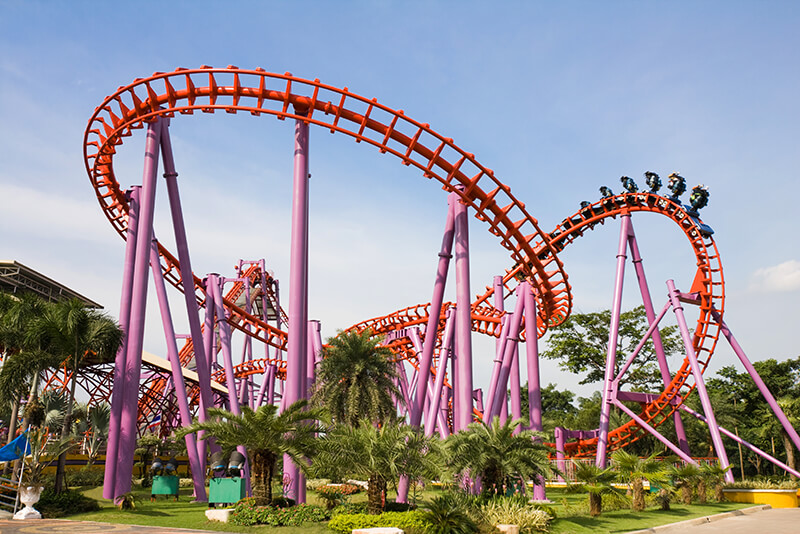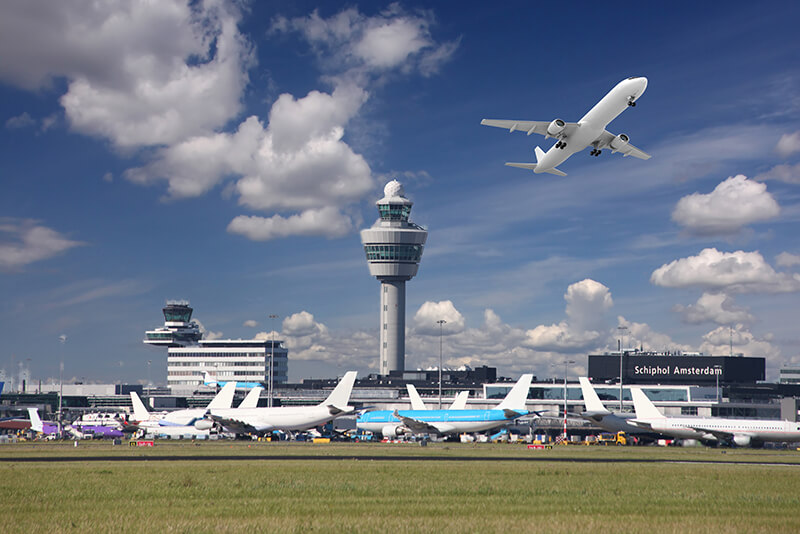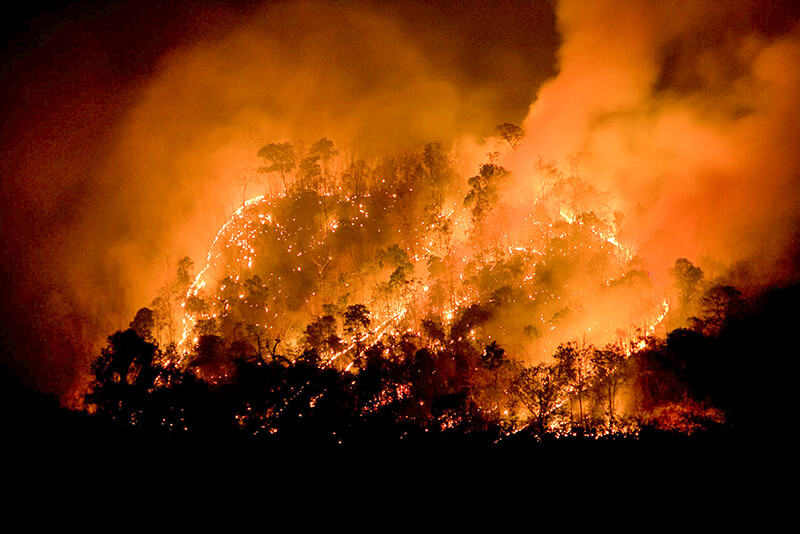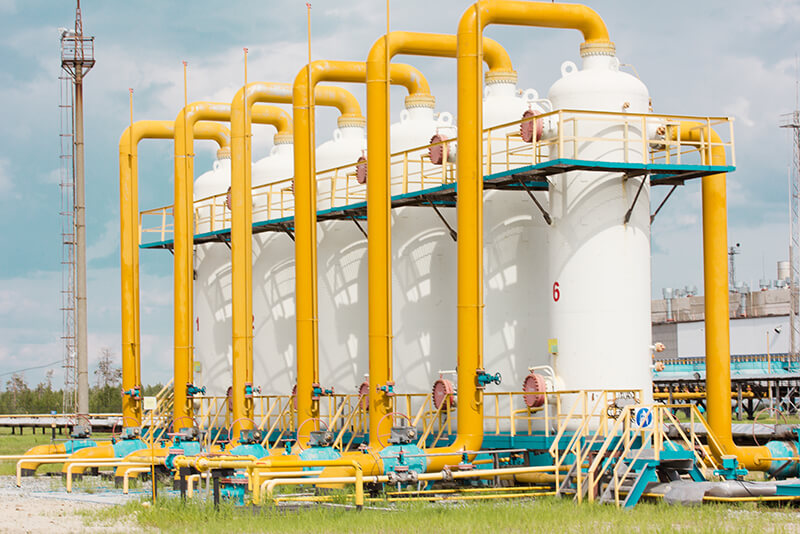H.R.O. Practices
The safe care practices of high reliability organizations (HROs) like commercial airlines, nuclear power plants, and theme parks are being applied by leading health care organizations to improve patient safety with great success. Learn from the leaders!

Theme Parks
Disney's Magic Kingdom and Universal Studio's Orlando Resort & Islands of Adventure provide entertainment to over 20.4 million and 19.4 million guests each year, respectively, with very few significant safety events. Like nuclear power and commercial aviation, when someone gets hurt at a major theme park, we learn about it immediately through the media. Safety has been a fundamental core element of the culture at Walt Disney Parks and Resorts ever since Walt Disney envisioned Disneyland as "a place where families could have fun together in a safe, clean atmosphere." Many of the safe practices that theme parks employ to keep their millions of guests safe day-after-day are equally applicable to patient care settings like hospitals.
Safe Care Practice

Nuclear Power Plants
The U.S. Department of Energy (DOE) is probably the largest high reliability organization (HRO) collective in the world. The DOE is responsible for protecting the safety of the U.S. nuclear weapons stockpile, energy security, 24 research laboratories, 2-million acres of nuclear waste, and all nuclear and fossil fuel energy creation and delivery (including 102 nuclear power plants) in the U.S. The 1979 Three Mile Island nuclear reator meltdown was the major safety event that sounded the alarm in the nuclear power industry that their safe practices, error prevention methods, and defenses and controls needed to be significantly improved. This catastrophic event spawned the evolution of nuclear power safety into a shared commitment to event-free plant operations reflective of high reliability organizations. Nuclear power plant safety is based on a rigorous understanding of human factors and human performance improvement as component variables contributing to consistently safe operations. With the goal of zero significant events, nuclear power employees work to BOTH reduce errors and effectively manage the controls, barriers, and defenses that stop an error from producing an event. The result is event-free performance; health care can learn from these safe practices to achieve harm-free healthcare.
Safe Care Practice

Air Traffic Control
"we are now at takeoff. We're going." These were the last fatally misunderstood words from the co-pilot and pilot of KLM flight 4805 before it collided with a Pan Am plane on a foggy runway at Tenerife Airport on the Cannary Islands in March 1977. This was the deadliest accident in airline history resulting in 583 deaths - due to miscommunication between the pilot and Air Traffic Control. Air Traffic Control had not cleared them for takeoff and thought that they stated that they were ready for takeoff. This catastrophe set in motion a series of significant improvements and new safe practices, including standardized phraseology designed to eliminate communication failures between ATC and pilots. Air Traffic Controllers in the U.S. handle over 35 million takeoffs and landings each year with very few high-risk events. Today, Air Traffic Control reflects the safe practices and safety record of a high reliability organization. The safe care practices of ATC can be applied in healthcare to keep patients safe from harm.
Safe Care Practice

Wildland Firefighters
The Federal Wildland Fire Management Organization -- a coordinated effort between the U.S. Department of the Interior and the Department of Agriculture -- is a high reliability organization focused on protecting the Nation's natural resources in the safest manner possible. When responding to a wildland fire, firefighters must do everything possible to protect the lives of those in the path of the fire and themselves. The Wildland Firefighting call-to-action was the 1994 South Canyon Fire that took the lives of 14 firefighters.
Safe Care Practice

Commercial Aviation
2017 was the safest year on record for commercial aviation - over 4 billion passengers flew on over 38 million flights without a single fatality in a scheduled jet airliner. Commercial aviation is regarded as the world leader in safety - a high reliability organization where the leaders, pilots, flight crew, and maintenance personnel are all committed to attaining the goal of ZERO fatalities! Many of the safe practices of commercial airlines, e.g. Checklists, Crew Resource Management, Standardized Phraseology, and Assertive Communications, can be applied in health care to keep patients safe.
Safe Care Practice

Chemical Plants
The chemical manufacturing industry certainly has experienced its share of sentinel events over the years including the 1984 Bhopal, India toxic chemical release into the atmosphere that killed over 2,200 people. This catstrophic event, and others like it, have led to the development of high reliability safe practices learned from the mistakes of the past and intended to ensure plant safety in the future. Chemical manufacturing takes place in a high-hazard environment loaded with error-provoking situations. Exemplars, like the DuPont Company, have applied the lessons learned from these egregious safety events to adopt safe practices which are also applicable in health care. The DuPont Company, founded in 1802, is a high relaibility organization. DuPont has had a strong commitment to the goal of zero injuries and accidents throughout its 200-plus year history. DuPont established its first safety rules in 1811, implemented Process Safety Management (PSM) in the 1960s, adopted its goal of zero injuries in 1990, and in 1996, DuPont formed its ZIP Team -- ZERO Incidents...Period! Learning from the failures and safety achievements of the chemical manufacturing industry will help support the quest for high reliability in health care.
